What Each Letter Means in LGBTQIA+

Even if you identify as a member of the LGBTQIA+ community, it can be difficult to fully understand all eight elements of this acronym. And for those who aren’t LGBTQIA+, it can be that much more confounding. What exactly does each letter stand for? And how can a few letters define an entire community? Considering a new survey from Gallup found that 9% of the population identifies as LGBTQIA+ (up more than a percentage point in 2024 vs. 2023), it’s more crucial than ever to understand the terminology.
Variations of “gay community” were used to encompass the entirety of the group that we now refer to as LGBTQIA+. According to Ms. Magazine, the first acronym to take shape in the 1990s was “GLBT,” used to describe those who identified as either gay, lesbian, bisexual, or transgender. “LGBT” eventually replaced “GLBT” in the mid-2000s, as lesbian activists fought for more visibility.
RELATED: The 10 Best LGBTQ-Friendly Towns in America
Activists and members of the queer community have since come together to form the current acronym, “LGBTQIA+.” This denotation includes space for those identifying as lesbian, gay, bisexual, transgender, queer (and in some cases, “questioning”), intersex, asexual (and sometimes “ally”), and the “+” is for a plethora of other orientations and identities.
With this acronym, the LGBTQIA+ community has been able to more fully encompass a group of people that, just decades ago, were outcasts of society. But with this inclusiveness, there’s also been confusion. If you’d still like a better understanding of the terminology, we’ve broken it down in the simplest of terms.
1
L is for Lesbian

Today, the term “lesbian” is used to describe “female-identified people attracted romantically, erotically, and/or emotionally to other female-identified people,” explains the University of Illinois, Springfield’s Gender and Sexuality Services.
The word “lesbian” emerged during the 1960s and ’70s feminist movements. Before then, the term “gay” was used to refer to both men and women, although it was more closely associated with men.
“Lesbian” is derived from the name of the Greek island Lesbos, according to the Oxford Dictionary. Lesbos was the home of the famous 6th century BC poet Sappho, who expressed affection for women in her poetry (hence the term “sapphic”).
It is important to note that not all women who fit the aforementioned description identify as lesbians. As always, it’s best to ask a member of the LGBTQIA+ community how they identify before making assumptions.
2
G is for Gay

Before the latter half of the 19th century, the word “gay” simply referred to someone who was “carefree,” “cheerful,” or “bright and showy,” according to The Oxford Dictionary of Difficult Words. In the ’40s and ’50s, the word began to be used as underground slang referring to both males and females who were attracted to the same sex. Since then, the word “gay” has fully replaced the term “homosexual,” which many found to be too clinical and was riddled with stigma.
According to the University of Illinois, “gay” is still used to describe a number of things, including the LGBTQIA+ community as a whole, a single individual who does not identify as straight, and men who are attracted to other men in a “romantic, erotic and/or emotional sense.”
3
B is for Bisexual
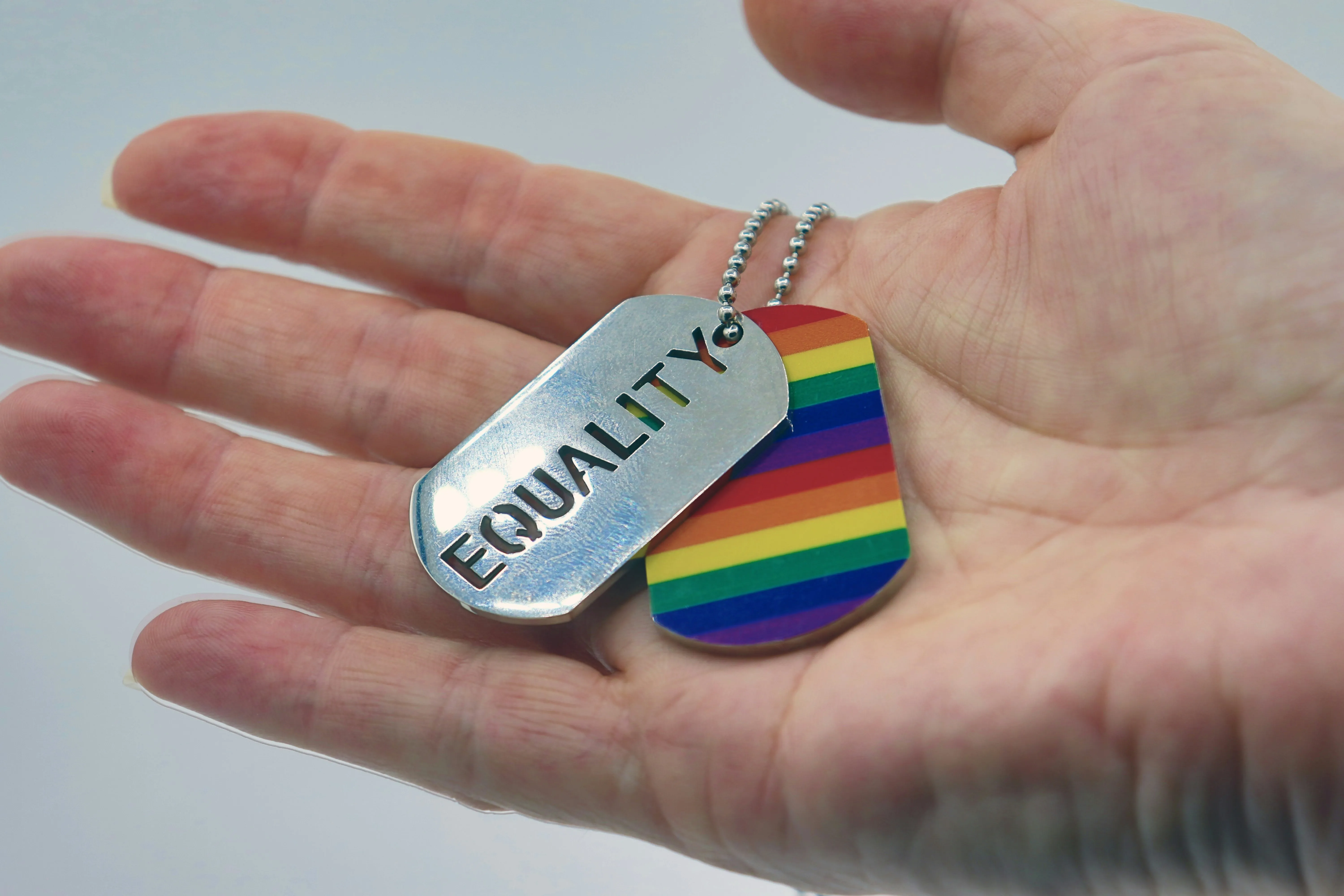
A bisexual person is typically defined as someone who is attracted to people of their gender and other genders—although even experts within the LGBTQIA+ community offer a range of definitions.
The Bisexual Resource Center, for example, is hesitant to define bisexuality as being attracted to either males or females, since this perpetuates the gender binary. A more expansive definition of bisexuality is someone who is attracted to all genders, though some more than others at times. (And, while this should go without saying, the idea that identifying as bisexual is a “way station” from straight to gay is an inaccurate and hurtful stereotype.)
4
T is for Transgender
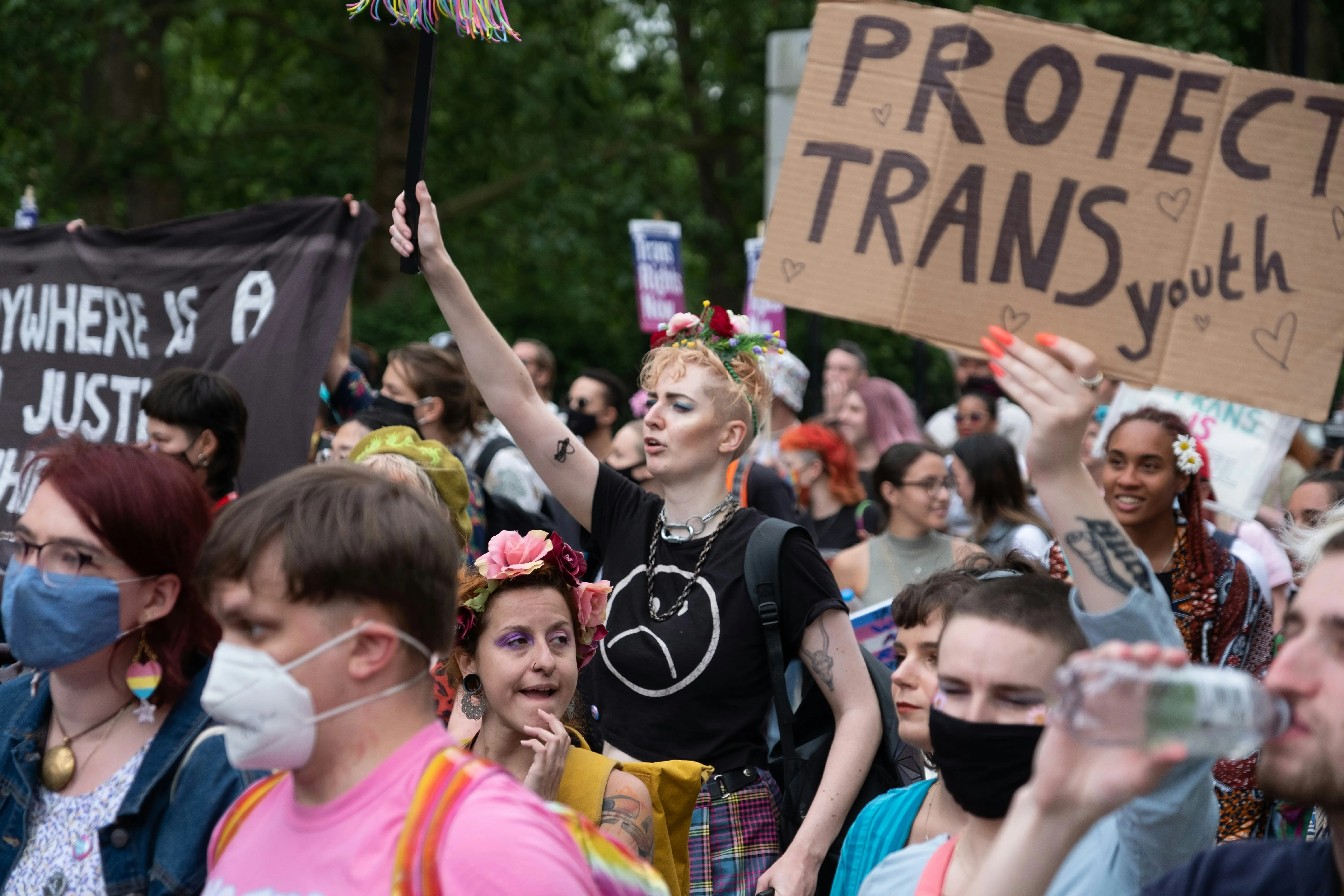
The word “transgender” is an umbrella term used for “people whose gender identity and/or gender expression differs from what is typically associated with the sex they were assigned at birth,” according to GLAAD. The term was first coined by psychiatrist John F. Oliven of Columbia University in his 1965 work Sexual Hygiene and Pathology. He noted that the word “transsexual,” which had been used up until then, was outdated and misleading.
Today, you probably often hear the shortened version of “transgender,” which is “trans.” A common misconception is that cross-dressers (i.e., drag queens) are trans. But people who cross-dress are often not transgender—meaning that they do not identify with a sex other than the one that they were born with.
5
Q is for Queer or Questioning
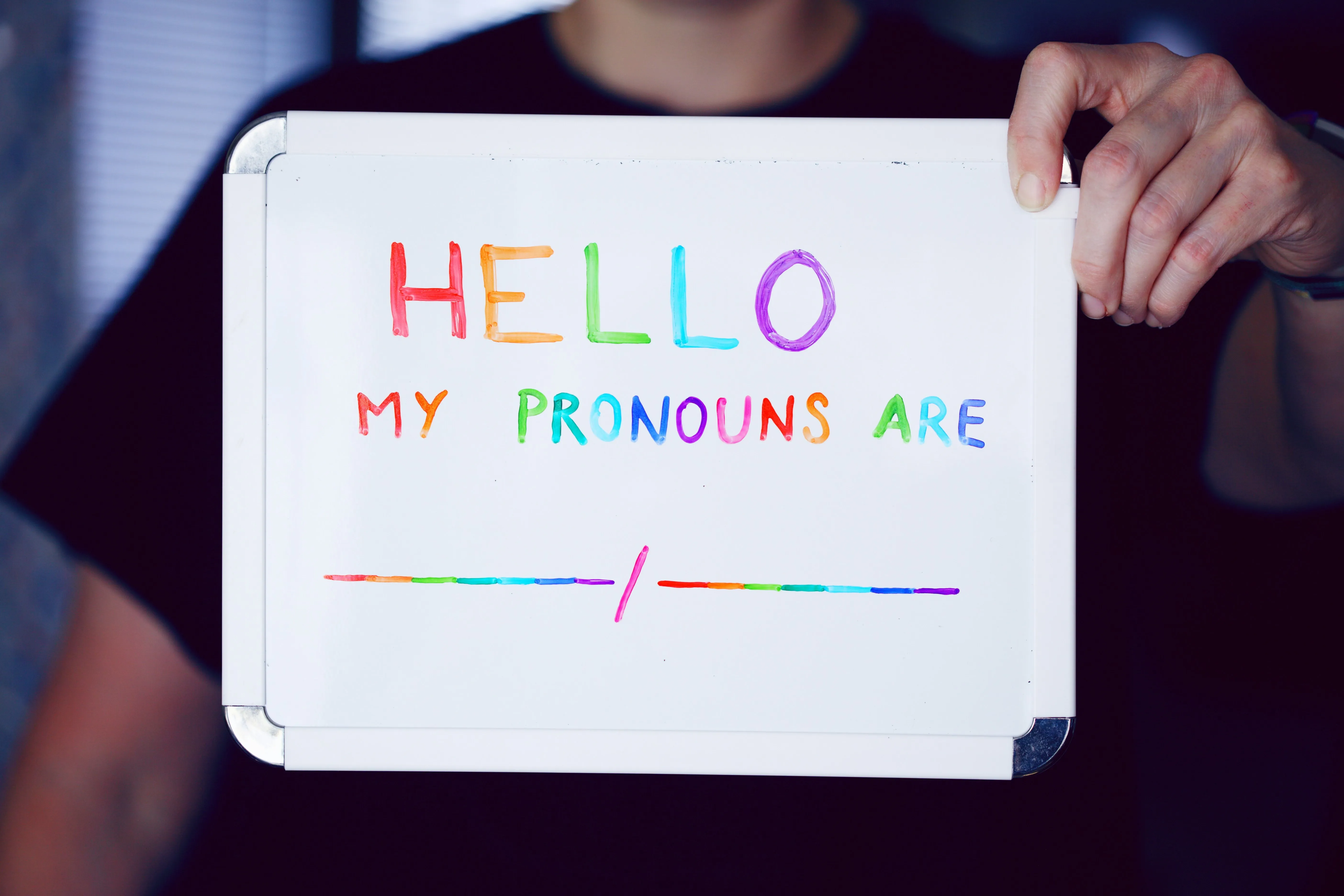
The “Q” in the LGBTQIA+ acronym has two meanings: “queer” and “questioning.” But the former is the most common.
Before the 1980s, when activists reclaimed this word, “queer” was a slur used against members of the LGBTQIA+ community. As a result, some LGBTQIA+ people still hesitate to use the word to represent themselves. Often, “queer” is used as a blanket term to define the “sexual preferences, orientations, and habits of the not-exclusively-heterosexual-and-monogamous majority,” according to the University of Illinois. You’ll hear a person use the word to describe themselves and also to describe the community at large.
As for the “questioning” subset of the LGBTQIA+ community, that term refers to non-heterosexual people who are still “questioning” their place within the queer community—whether that means that they are still unsure of their sexual orientation or gender identity, according to the Rainbow Welcome Initiative.
6
I is for Intersex
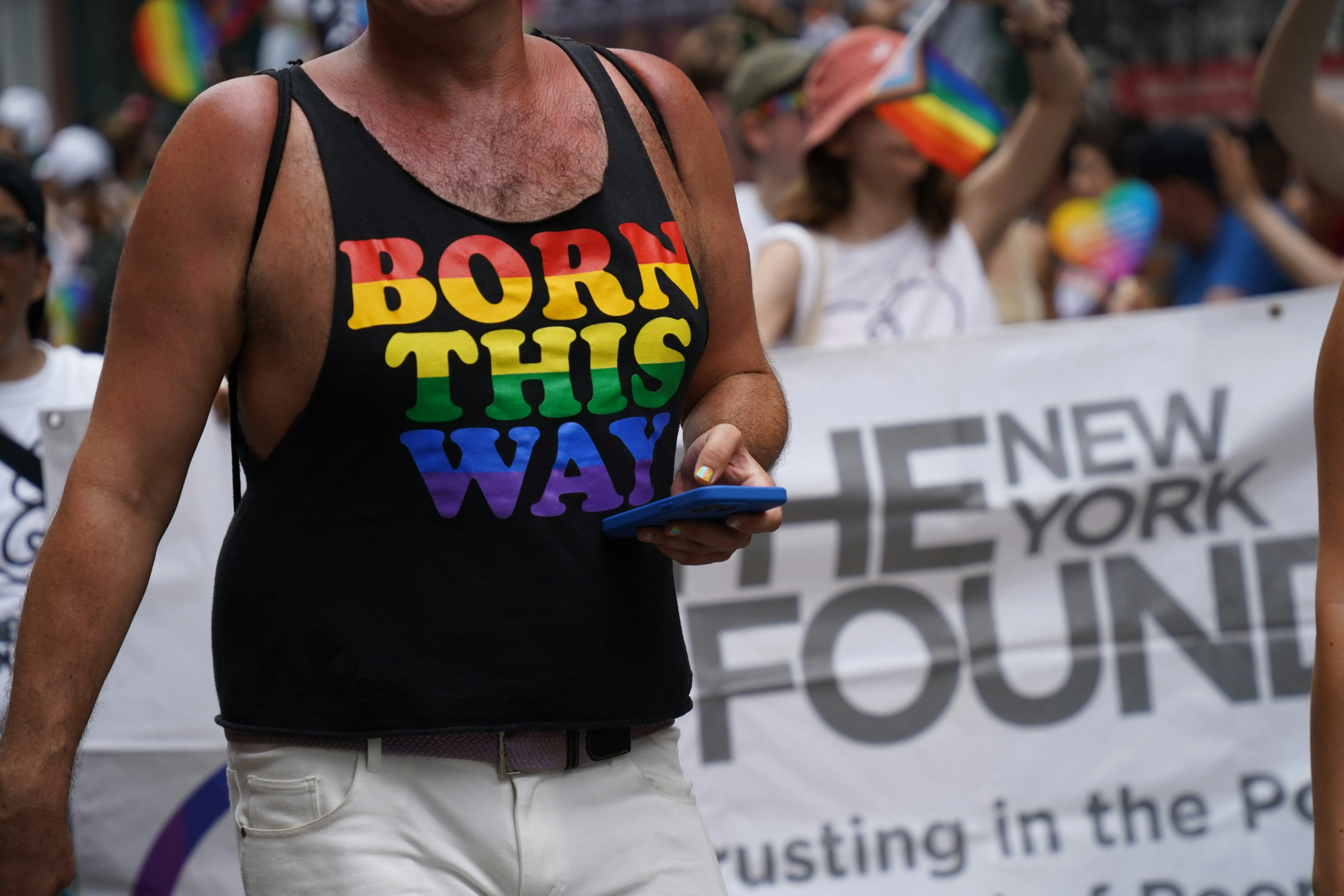
The term “intersex” is used to describe people who are born with reproductive or sexual anatomy that doesn’t fit the typical definitions of male and female, according to the Intersex Society of North America. And, just as there are a range of sexual orientations and gender identities within the LGBTQIA+ community, there are also an array of biological characteristics that exist among those who are intersex.
For example, someone may be born with a noticeably large clitoris, but without a vaginal opening; or with a scrotum that is divided so that it appears more like labia. Because of these features, intersex people’s bodies (and, in many cases, their gender identity) straddle the two sexes. (Also, it is important to note that intersex is completely different from transgender.)
7
A is for Asexual or Ally
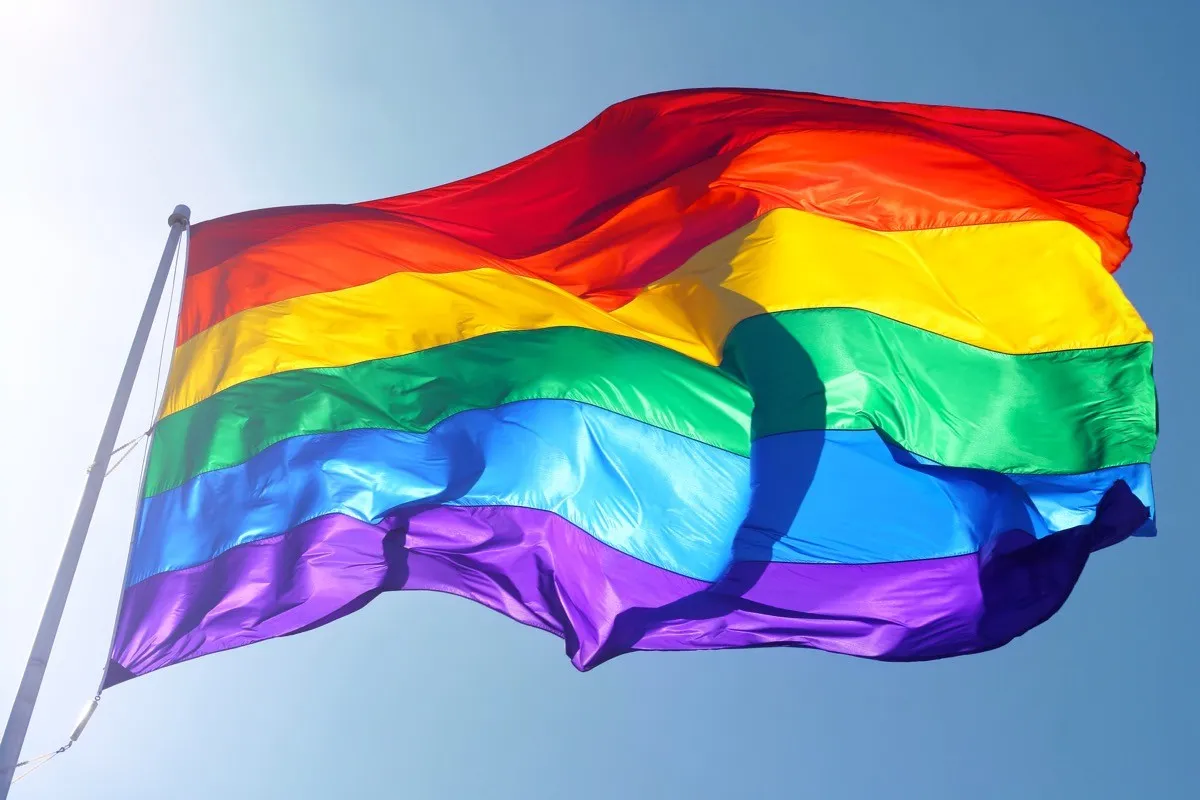
Here’s another letter that has more than one meaning: “asexual” or “ally.”
According to LGBTQIA+ experts at Williams College, asexual people are simply defined as those who do not feel a sexual attraction to others. This term is not to be confused with “aromantic,” which refers to individuals who feel little or no romantic attraction to others. Asexual people can often be romantically attracted to someone, but sexual attraction doesn’t play a role in the relationship.
Asexuals are not to be confused with celibate people (who choose to not engage in sex), those who possess mental disorders or hormone imbalances that limit their sex drive, or those who are afraid of physical intimacy.
The “A” in LGBTQIA+ can also refer to the term “ally,” which is used to define someone who “confronts heterosexism, homophobia, biphobia, transphobia, heterosexual, and genderstraight privilege in themselves and others,” according to the University of Illinois. You can learn more on being an active ally here.
8
+ is for Other Non-Heterosexual People
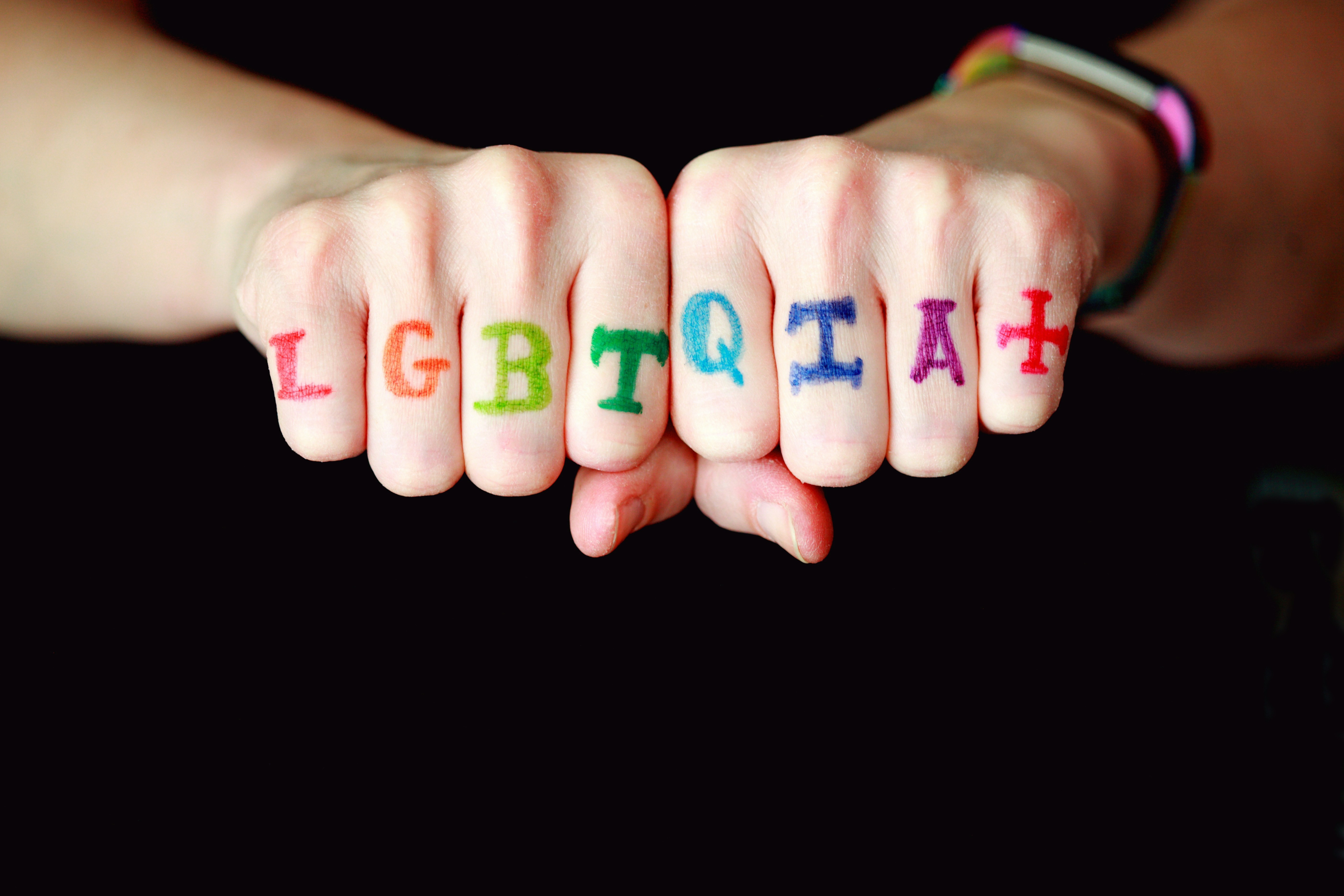
The “+” in the LGBTQIA+ acronym is used to symbolize and explain a number of different gender identities and sexual orientations that are not already present in the lettered acronym.
Pansexuality falls under the “+,” and is likely a term that you’ll hear more frequently in the coming years. According to Pride.com, pansexuals are people who can feel a sexual, romantic, and emotional attraction toward a person, regardless of their gender identity or orientation. This means that pansexual people can be attracted to cisgender, transgender, intersex, and androgynous people, as typical gender binaries do not matter to them. It’s different from bisexuality in that pansexuals have no preference for a certain sex—they’re more connected to people for who they are.
Genderqueer is another popular term that exists under the “+.” This term is used to define those whose gender identity is outside of the strict male and female binary. Genderqueer people will either exhibit qualities of both sexes or will choose not to identify as either sex. Along the same lines, “nonbinary” is used to describe people who do not identify as male or female, and see themselves as existing outside of the gender binary.
Of course, the “+” can also refer to anything and everything a person wants it to—and it leaves room for the LGBTQIA+ community to expand. And if you want to learn more about what not to say about the LGBTQIA+ community, check out our guide to 11 Stereotypes People Should Stop Believing About the LGBTQ Community.
To discover more amazing secrets about living your best life, click here to follow us on Instagram!